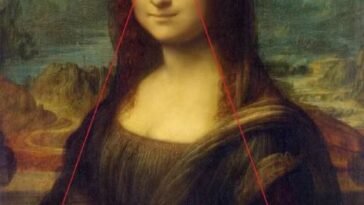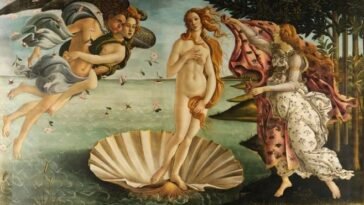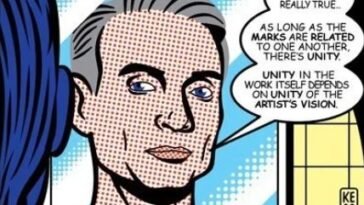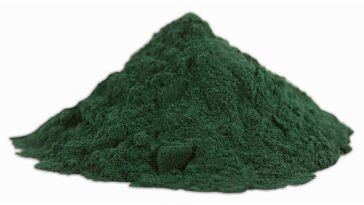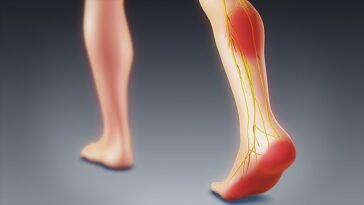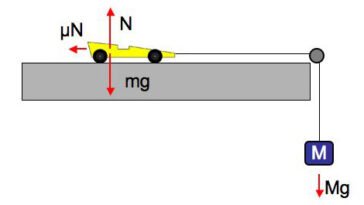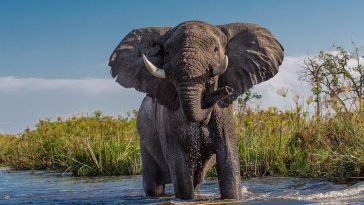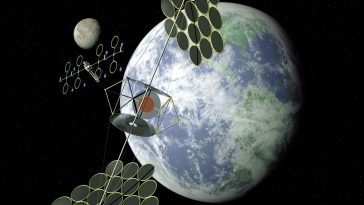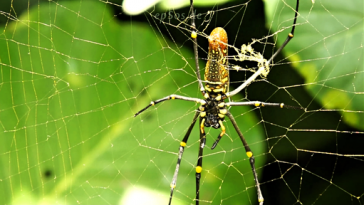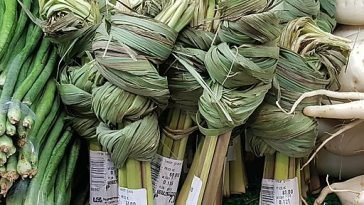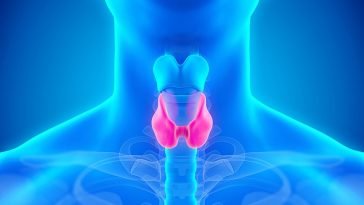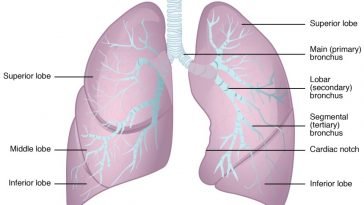GAVIN THOMAS
I am a Trained Certified Full-time Primary School teacher in Guyana, a part-time blogger specializing in environmental issues, health, technology and general scientific dissemination and SEO expert several. I have always been curious to learn new things. Now I have the opportunity to talk and make known all those things that fascinated me when I was little and continue learning every day.
More stories
-
in BIOLOGY
3 types of photosynthesis
Photosynthesis is a fascinating process that has puzzled scientists for centuries. It is the mechanism through which plants and other photosynthetic organisms transform the energy from sunlight into chemical energy, which is stored in organic molecules, primarily carbohydrates. This process is possible thanks to the magical interplay between the Greek words “ph?s” (light) and […] More
-
12 reasons the sun is important
The protosun, born from the condensation of gases and cosmic dust in a dense region of an interstellar cloud when the Universe was 9 billion years old, eventually formed the Sun we know today. This process of formation took around 100 million years and once the protosun reached a high enough temperature, nuclear fusion of […] More
-
The adaptive features of a ladybug
Many people like ladybugs for their color and their black dots. However, farmers like them for their appetite. Most ladybugs voraciously eat plant-eating insects, such as aphids, thus helping to protect crops. Ladybugs lay hundreds of eggs in colonies of aphids and other similar insects. When they hatch, the larvae begin to feed rapidly. Towards the end of their life […] More
-
in ART
Mona Lisa by Leonardo da Vinci: analysis and explanation of the painting
Mona Lisa is an oil on wood painting by the Italian Renaissance artist Leonardo da Vinci between 1503 and 1506. Despite its reduced dimensions (77cm x 53cm), this work representing a mysterious woman has become, over the centuries, the most famous portrait in the history of Western art . To understand the title, it is important to know […] More
-
15 Characteristics of the Renaissance
The Renaissance was a period of history that began at the end of the Black Death in the mid-14th century and lasted until the first half of the 16th century. Some consider it the beginning of the modern era and others as the preamble to modernity. In any case, it was a historical turn towards secularization through […] More
-
Pop art: Definition , characteristics and history
In this post we will explain what is pop art , describe 12 characteristics of pop art , along with its history and featured artist . Art has been one of the methods of expression of the human being for millennia. Throughout history, many different styles have emerged that have characterized the stages of history, such […] More
-
Rhizomes: What are they and examples
We all know or have a notion of the basic parts that make up a plant: root, stem and leaves. However, surely when it comes to identifying the different types and structures that exist, we do not have such clear ideas. In fact, it is very common to visualize or imagine a stem, as that part of […] More
-
Spirulina uses , benefits, nutritional composition and side effects
What is organic spirulina? Spirulina is a freshwater micro-algae, spiral in shape, hence its name spirulina, used as a food supplement because it is very rich in nutrients essential to humans, with the advantage of being very easily assimilated by the body and very low in calories. This algae has been growing naturally in certain […] More
-
Bladderwrack uses , benefits and side effects
What is bladder wrack? Bladderwrack is a brown seaweed from the family Fucaaceae (Fucaceae), which is found in the North Sea as well as in the Baltic, the English Channel, the Atlantic Ocean or the Pacific Ocean. It is also called kelp, derived from a Norman word designating what the water throws up on the shore. […] More
-
Foot pain diagnosis symptoms
Foot pain is as diverse as the complicated structure of the feet. Each foot is made up of 26 bones, 33 joints and 20 muscles. More than 200 tendons and ligaments support the movement. Diagnoses and possible treatments depend on where, when, and how the pain occurs . This post will give you a guide how to diagnose your […] More
-
«Nicomachean Ethics»: how to achieve happiness
Aristotle was —along with Plato— the most important philosopher of Ancient Greece and one of the most outstanding philosophers in the history of Western philosophy. Today we are experiencing a general return to Aristotle (the so-called neo-Aristotelianism) whose starting point is the rereading of his most important moral work: Nicomachean Ethics . Aristotle (384-322 BC) was one of […] More
-
Saint Thomas 5 ways to prove the existence of God
Saint Thomas Aquinas (1225–1274) was an Italian philosopher and theologian. He is considered the father of scholasticism, a philosophical current that tried to apply ancient Greek philosophy to the understanding of Christian doctrine. Saint Thomas and the rational justification of faith The thought of Saint Thomas belongs to a tradition that reflects on Christian doctrine in the light […] More
-
What to buy for plantar fasciitis
What is plantar fasciitis? plantar fascia is a connective tissue, that is, a biological tissue that supports, connects or separates different tissues and organs of the body. Triangular in shape, thick and wide, it is located under the skin of the sole of the foot. It extends from the medial tubercle of the calcaneus (heel bone), attached to fibers […] More
-
in Physics
What is static friction?
Friction , also called friction , is the resisting force that opposes relative sliding motion between two objects whose surfaces are in contact. This force is not the same when objects are at rest and when they are in motion. That is why two types of friction are distinguished, dynamic friction (also called kinetic friction) and static friction . Concept of friction and static friction Dynamic […] More
-
Examples of Liquid, Solid and Gaseous Solutions
Characteristics of solutions A solution is a homogeneous mixture of two or more substances. Solute particles in a solution cannot be seen with the naked eye. A solution does not allow light rays to scatter. A solution is stable. The solute of a solution cannot be separated by filtration (or mechanically). It consists of a […] More
-
25 amazing and interesting facts about elephants
It is the largest land mammal in the world, but that’s not all! In addition to its weight of up to 7 tonnes for African species, and its memory cited as an example, the elephant is distinguished by other extraordinary aspects: ecological role, anatomy, behavior … lorecentral.org reveals its most unknown feats. The elephant’s […] More
-
Space energy – pros and cons
Collecting energy from space and transmitting it wirelessly was first described by Isaac Asimov in the story “The Wandering Mind . ” Scientists became interested in this idea in the 1970s. The very first was a Czech-American engineer and Dr. Peter Glazer . After numerous studies, various concepts have been identified that use all sorts of forms of principles for the production, transformation […] More
-
The Spider – 16 Fascinating Facts About Spiders
Spiders come in a wide variety of shapes, colors and sizes. So far, researchers have discovered around 45,000 species of spiders [1] worldwide, but assume that there are far more than 80,000 unexplored species. A total of 1,000 species of spiders live here in Germany [2] – but how many of them are really poisonous? And do spiders actually […] More
-
What are terpenes
Terpenes are hydrocarbon compounds that are unknown to many, but by no means uncommon. There is talk of over 20,000 terpenes and even 30,000 terpenoids in science. In contrast to terpenes, terpenoids are secondary plant substances which – from a purely structural point of view – derive from isoprene, are regarded as functional groups and provide species-specific information about […] More
-
Can stress aggravate my thyroid problem?
The thyroid gland is essential to properly regulate the body’s metabolism, but psychological and emotional stress can affect its function. Let’s see how to handle this situation to curb the problem. The thyroid gland is much more than a part of our body; Furthermore, it is part of a cause and effect circuit that is closely […] More
-
The 7 parts of the lungs (and their functions)
The lungs are the organs in charge of oxygenating the blood and eliminating carbon dioxide thanks to the coordinated action of different structures. We breathe about 21,000 times a day, circulating about 8,000 liters of air . Throughout our lives, therefore, our lungs will have made us breathe in and breathe out more than 600 million times […] More
-
What is the difference between food and nutrition?
Many people often use the terms “food” and “nutrition” interchangeably ; however, and although both are closely related, they do not mean the same thing. Nutrition is a vital process for human beings, through which our body takes advantage of those nutrients that we have ingested so that the organism works correctly, for example, so that the cells […] More





